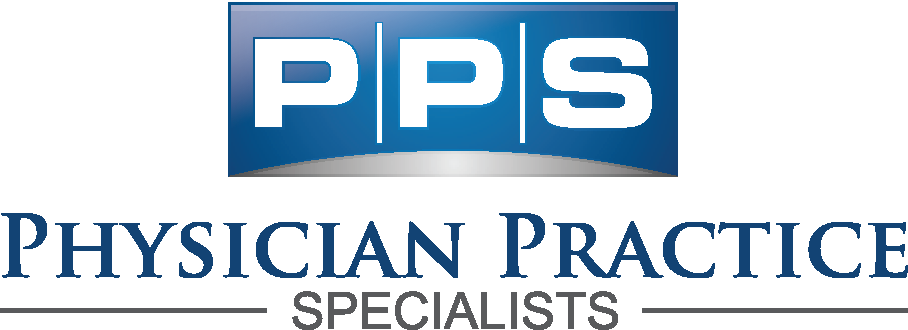Provider credentialing in the healthcare industry involves assessing and verifying a healthcare provider’s qualifications and professional history. The purpose is to confirm that providers are competent and qualified to perform specific healthcare services. Providers subject to credentialing include medical professionals, nurses, technicians, and other healthcare workers.
Credentialing is meant to help protect patients by checking that their healthcare providers have a history of high-quality, safe work. It also helps healthcare organizations and providers manage risks by reducing the likelihood of malpractice lawsuits and other legal issues.
Provider Credentialing Process
Application
Provider credentialing starts with the healthcare provider submitting an application to the healthcare organization or the credentialing agency. The application contains relevant provider information, education, licensing, certification, work history, and other credentials. Providers must also disclose any criminal convictions, malpractice claims, or disciplinary actions taken against them. Providers must be careful that submitted applications are thorough and accurate, as missing information can impact their approval.
Verification
The healthcare organization verifies the provider’s information through primary sources such as educational institutions, licensing boards, certification agencies, and previous employers. They validate the accuracy of the provider’s application information, and references. They also verify the provider’s current status and identify any sanctions or disciplinary actions taken against the provider.
Review
A committee of healthcare professionals, such as physicians and nurses, reviews the provider’s application and credentials. The committee evaluates the provider’s qualifications and determines whether they meet the organization’s or agency’s standards for competence and quality. The committee considers additional factors, such as the provider’s clinical judgment, during the review.
Approval
If the provider meets the organization’s or agency’s standards, they are approved. The provider is then added to the organization’s or agency’s roster of providers, which is often referred to as the “provider network.” The provider is then authorized to provide services to patients covered by the organization or agency’s network.
Ongoing Monitoring
Credentialing is an ongoing process that requires continuous monitoring of the provider’s competence and quality. Healthcare organizations or credentialing agencies typically require providers to maintain ongoing education and other professional development activities to keep them up-to-date on the latest medical practices and technology. Providers must report any changes to their credentials, such as new licenses or certifications, to the organization or agency.
Re-credentialing
Providers must undergo a re-credentialing process periodically, typically every two to three years, to demonstrate that their qualifications remain current. While credentials are regularly updated through ongoing monitoring, re-credentialing is more involved. It is similar to the initial credentialing process and repeats the verification, review, and approval of the provider’s credentials.
Secure Credentialing Without The Hassle
Although the credentialing process can be arduous, it doesn’t have to be an undue burden. With the assistance of credentialing services like Physician Practice Specialists (PPS), healthcare providers can focus more on their work, without distractions from the credentialing process.
Credentialing helps healthcare organizations to fill staff with qualified providers, and PPS’s variety of credentialing services makes that easier. Protect both your patients and your healthcare providers with thorough credentialing provided by PPS. Contact us today for a free consultation.


